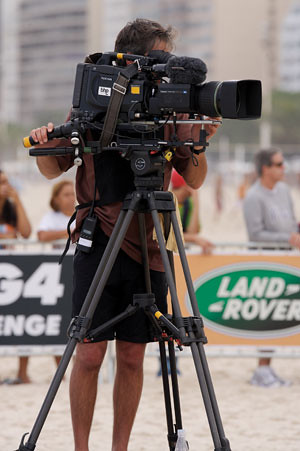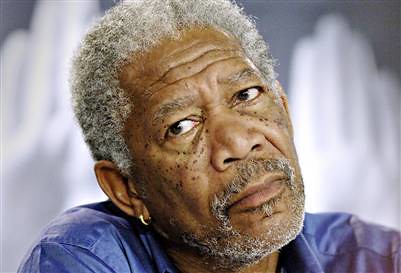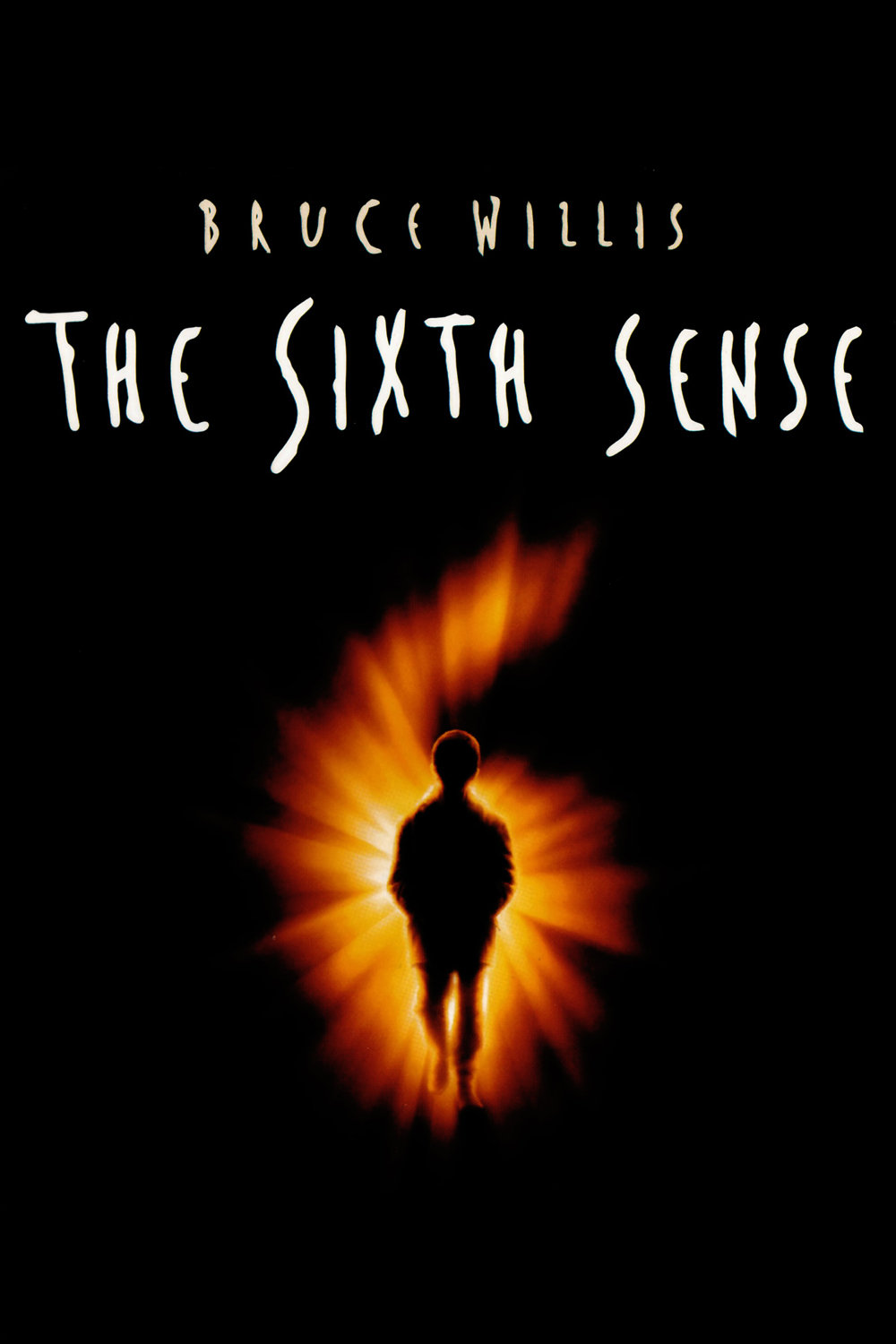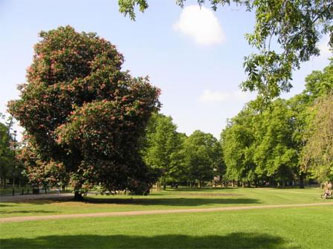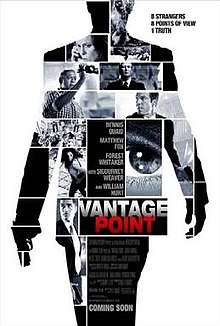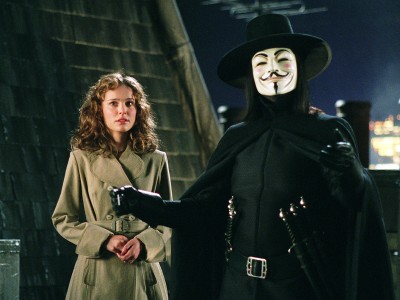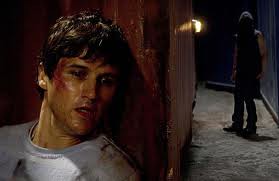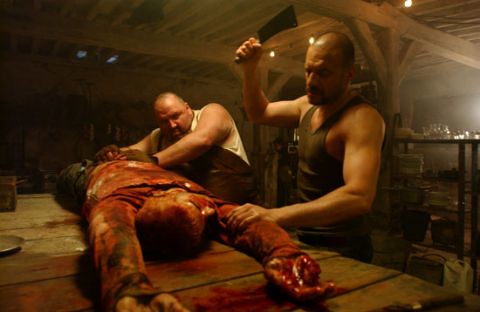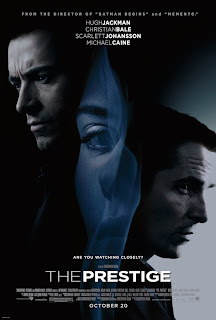
The Prestige is a mystery thriller film from 2006, starring Hugh Jackman, Christian Bale, Michael Cane among others. After watching the first 15 minutes of the film I am able to pick out the a variety of media techniques, the first being the narrative themes. The main theme was obviously that it’s a thriller, this is a result of a combination of things - including the mysterious plot line, intense soundtrack, and suspenseful opening which immediately grabs your attention. I think that the first shot of the top hats was extremely clever, and drew the audience in so that they would pay attention - this being the most important part of the film. Other themes were the illusions/magic, hierarchy between the judge and accused, poverty shown by the context of the time, and the power of a magician.
The narrative of the section I watched is very interesting, and tells the viewer a lot. We see a shot of the hats which become later relevant, and then the voiceover of Cutter (Michael Caine) asking the audience “Are you watching closely?”. This adds yet more suspense to the opening. The magic/illusion theme is clear here as Cutter explains and performs a magic trick - he describes the three main parts - the Pledge, The Turn and The Prestige. This opening quick turns to a courtroom scene with Cutter on the stand, and Borden (Christian Bale) as the accused of the murder of the Great Danton (Hugh Jackman). After this short scene Borden is offered payment of a magic trick of his - “The Transported Man”. This particular conversation shows the class/hierarchy and poverty of the time - the clothing also indicates this. We are then thrown into yet another scene, where the story really begins to unfold with the Great Danton trying to work out his rivals trick - it begins as a reading from his diary. At this point the audience may feel quite uneasy and confused because the narrative does not follow a chronological order or have a main perspective, it seems to jump around, and is therefore another reason for the identification as thriller genre.

There are three main characters in the first section of the film. Obviously, the Great Danton is one of them, he is said to have been murdered by Borden. The audience sympathize and focus on this character as he is seen as a great magician, the audience believe that Borden wanted him to die in the water tank. Borden is another character, he is seen as another character, again we sympathize with this character as he is threatened with his daughter being put in a work house. Both these characters could be seen as protagonists or antagonists, of themselves and one another. Cutter is perhaps the final main character, he is a neutral and seen in the beginning of the film, he knew both the magicians and appears at a narrator.
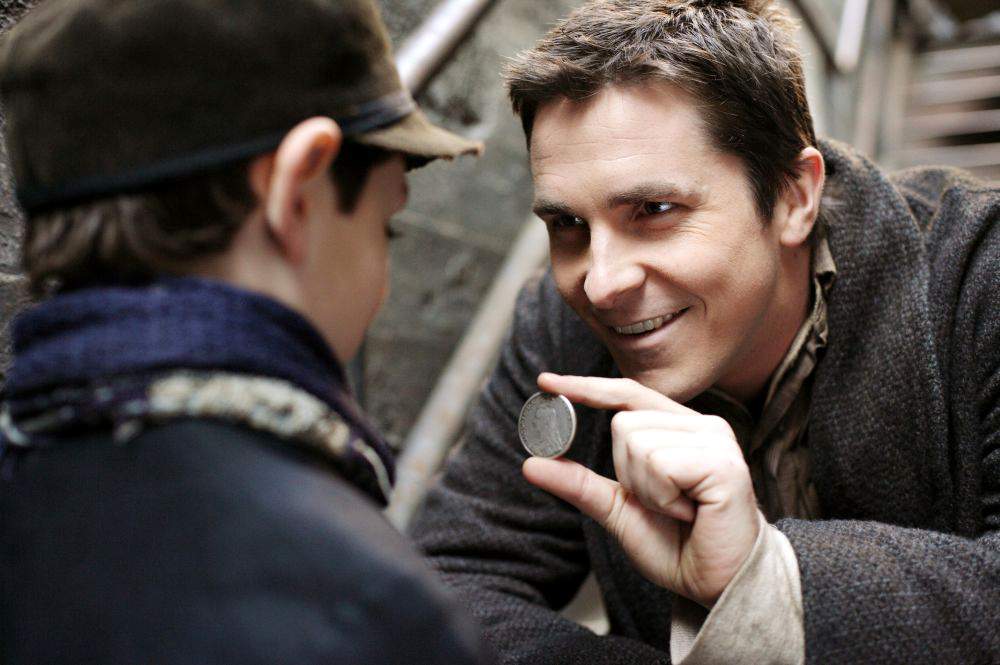
As we analyze the mise-en scene of this section we are able to learn more about the characters, themes and story line. The costumes obviously reflect the time period well, most of the clothing is very smart and this represents the showman ways of the characters, and helps to show a theme of magic/theatre. However we are also able to see the difference in class through the prison outfit that Borden wears, and the suit that the solicitor wears. Also different personalities have different costumes, so the Great Danton dresses far smarter than Borden during the film. Lighting and colour have been used together to great a darker more mysterious setting, but this is also reflective of the time period and the use of natural light. This helps the audience to view this as reality for the characters. Spot lights are used to show the showman persona again. The locations in this first section are of a wide variety, there are scenes in a house, a courtroom, a prison and then out in the mountains. I think this fast showing of locations is used to get the audience into that period, and to quickly get engaged in the film. They all indicate that the period is very non-technologically advanced. Music is also crucial, with the beginning being silent this increases the suspense. The orchestra led soundtrack adds to the period, and mystery of many of the scenes.
The Prestige represents thriller films in a number of ways. Firstly it is highly suspenseful and mysterious, grabbing the attention of the audience quickly. Throughout we find it to be very obscure, and confusing, the story/narrative seem to jump around so there is no chronological order. The narrative also has multiple layers which, for me, makes the story more interesting and intriguing. Lastly, there is a murder, which is an example of a violent act - typical in a thriller.





